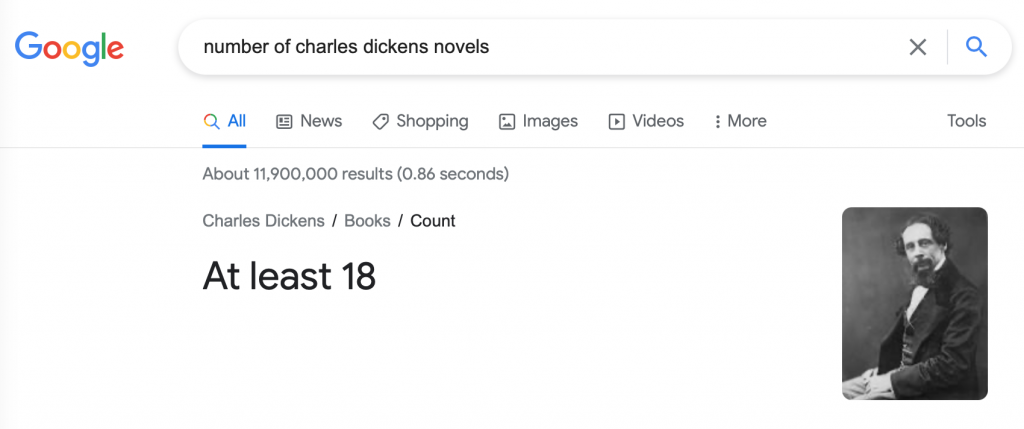[An issue of my newsletter, Leaflet]
“You absolutely mustn’t bring the rigor of your principles of morality and justice with you when you contemplate Italy’s monuments, she told Lord Nelvil; as I’ve told you, they recall, for the most part, the splendor, elegance, and good taste of classic form rather than the glorious epoch of Roman virtue. But don’t you find some traces of the moral grandeur of the first era in the gigantic splendor of the monuments that came after? Even the degradation of the Roman people is still impressive; the mourning weeds they put on for liberty dress the world in marvels; as if the genius of ideas of beauty were striving to console man for the real and true dignity that he has lost.” —Germaine de Staël, Corinne
“We can’t play Covid,” I heard one little girl say to another in the park. “Covid isn’t over yet.” [This was several months ago, for the record.]
“The charm of the prismatic fringe round the edges made juggling with the lens too tempting, and a clear persistent focus was never attained.” —Christopher Morley, “The Autogenesis of a Poet”
Instead of a meerschaum pipe that I have smoked to an amber color, I have a steel teakettle that I have bronzed over the years by putting it on the hob and then forgetting about it for hours.
“For my part I should be as satsified to play tennis with the net down as to write verse with no verse form set to stay me.” —Robert Frost to Lesley Frost, October 1934
“The world is a shambles, but I wasn’t born to set it right.” —W. H. Hudson to a friend, quoted in Jonathan Meiburg, A Most Remarkable Creature: The Hidden Life and Epic Journey of the World’s Smartest Birds of Prey
“This is what American history is like, but it is hard for us to accept: that a vigorous and splendid country could have been built by really guilty people.” —George W. S. Trow, The Harvard Black Rock Forest
When I’m reading myself to sleep, I doggedly follow the story of what I’m reading through a thickening and thickening haze until the moment when I can no longer make sense of what my eyes are perceiving and they just halt, and then there are no more words coming into my brain, and the story, which I still have an awareness of as a thing-in-itself, accumulating and assembling itself in my brain, stops moving, too, and stops changing. I wonder if death will be like this.
“But how, after all, can any of us hope to avoid certain late-afternoon moods: those moments in which we gaze out into the gathering dusk, perhaps into a drizzle of rain as well, and are assailed by twinges of foreboding?” —Thomas Mann, “The Joker”
“Even when he wasn’t thinking about the little phrase, it existed latent in his mind like certain other concepts that have no equivalent, such as the concept of light, of sound, of depth, of sensual pleasure, the rich possessions with which we vary and decorate our interior world. Maybe we’ll lose them one day, maybe they’ll be wiped out, if we’re going to return to nothingness. But as long as we’re still alive, we can’t make it that we haven’t known them, any more than we can for some physical object, any more than we’re able to, for example, have doubts about the light of the lamp that is lit in front of the metamorphosed objects in our bedroom, from which even the memory of darkness has vanished. Which is to say that Vinteuil’s phrase, like that theme from Tristan, to take another example, which also represents for us a certain gain in emotional apprehension, had wed our mortal condition, had taken on something of human nature that was actually fairly touching. Its fate had become bound, for the future, to the reality of our soul, of which it had become one of the most personal, the most distinctive ornaments. Maybe nothingness is what’s true, and our whole dream has no existence, but in that case we feel that these musical phrases, these concepts that have their existence in relation to our dream, must be nothing as well. We’re going to perish, but when we do, we’ll be holding these captive divinities hostage, and they’ll share our luck. And there’s something about death in their company that seems less bitter, less inglorious, and maybe a little less probable.” —Marcel Proust, By Way of Swann’s



